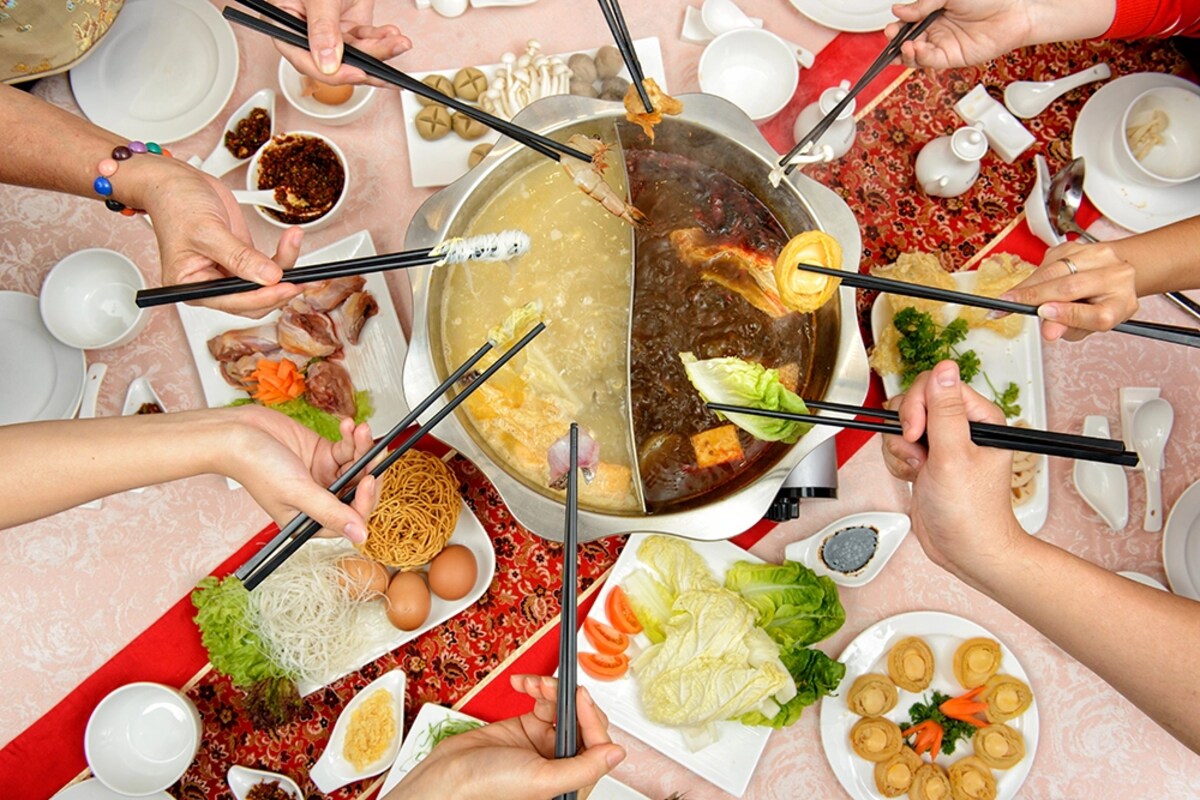

Articles
What Is A Hot Pot?
Modified: February 20, 2024
Discover everything you need to know about hot pots in these informative articles. From ingredients to cooking techniques, we've got you covered.
(Many of the links in this article redirect to a specific reviewed product. Your purchase of these products through affiliate links helps to generate commission for Storables.com, at no extra cost. Learn more)
Introduction
Hot pot is a culinary experience that has been enjoyed by people for centuries. Also known as steamboat or shabu-shabu, hot pot is a communal dining style that involves cooking a variety of ingredients in a simmering pot of seasoned broth at the center of the table. It is a popular dish in many Asian countries and has gained popularity around the world due to its interactive nature and delicious flavors.
When you think of a hot pot, you might imagine a bubbling cauldron of broth filled with an assortment of fresh vegetables, thinly sliced meats, seafood, and other delectable ingredients. The beauty of hot pot lies in its versatility – you can customize it to suit your taste preferences and dietary restrictions.
In this article, we will delve into the world of hot pots, exploring its history, different types, ingredients used, cooking techniques, popular variations from around the world, health benefits, and even tips for hosting your own hot pot party.
So, get ready to embark on a culinary adventure as we unravel the secrets of the hot pot. Whether you are new to this dining experience or a seasoned hot pot enthusiast, there is always something new to learn and explore.
Key Takeaways:
- Hot pot is a communal dining experience with a rich history and diverse variations, offering a customizable and interactive way to enjoy a flavorful and nutritious meal with friends and family.
- Hosting a hot pot party allows you to create a memorable and interactive dining experience for your guests, fostering socializing, customization, and a fun, communal atmosphere.
Read more: What Goes In A Hot Pot
Definition of a Hot Pot
A hot pot is a communal cooking and dining experience that involves simmering a variety of ingredients in a flavorful broth at the center of the table. It is a beloved culinary tradition in many Asian countries, such as China, Japan, Korea, and Thailand, and has gained popularity in other parts of the world as well.
The basic setup of a hot pot typically includes a portable heating device or a stove with a pot filled with simmering broth. The broth can be made from various ingredients, such as chicken, beef, pork, seafood, or vegetables, and is often seasoned with spices, herbs, and condiments to add depth of flavor.
What sets a hot pot apart from other cooking methods is its interactive and communal nature. Diners gather around the table and cook their own ingredients in the simmering broth. The raw ingredients, which can include thinly sliced meats, seafood, vegetables, tofu, noodles, and dumplings, are placed into the broth and cooked to perfection, resulting in a delicious and wholesome meal.
Hot pots come in various styles and variations depending on the region and cultural influences. Some hot pots emphasize the use of spicy or aromatic broths, while others focus on the freshness and quality of the ingredients. The beauty of hot pot lies in its versatility and the ability to cater to different taste preferences.
Furthermore, hot pots offer a unique dining experience that encourages socializing, sharing, and bonding. As everyone participates in the cooking process, conversations flow and connections deepen. It is a time for friends and family to gather, engage in lively discussions, and create lasting memories.
Whether enjoyed during cold winter nights or as a celebratory feast, hot pots bring people together through the joy of shared cooking and eating. It is a celebration of flavors, culture, and togetherness that transcends borders and unites people around the world.
History of Hot Pots
The origins of hot pot can be traced back thousands of years, making it a culinary tradition with a rich and diverse history. While exact details may vary based on cultural interpretations and regional influences, hot pots have been a part of various cuisines throughout Asia.
One of the earliest records of hot pot dates back to the Eastern Han Dynasty in China, around the 2nd century AD. It is believed that the practice of communal cooking in a simmering pot of broth originated along the banks of the Yangtze River. The warm and nutritious meal provided comfort to weary travelers and locals alike.
Hot pots gained popularity and spread throughout China during the Tang Dynasty (618-907) and Song Dynasty (960-1279). They became a popular way to enjoy meals, especially during the cold winter months. The concept of communal dining and sharing a pot of simmering ingredients further reinforced the sense of community and togetherness.
In Japan, the hot pot tradition is known as nabe and has been a staple part of their cuisine for centuries. It is believed to have been introduced from China during the 8th century, when cultural exchanges between the two countries were flourishing. Nabe became a popular winter dish, offering warmth and nourishment during the chilly months.
Korea also has its own version of hot pot known as jeongol or jeonggol. Jeongol dishes were traditionally served during special occasions or family gatherings. The pot would be placed at the center of the table, and everyone would gather around to share the meal and enjoy each other’s company.
Hot pots have also made their way to Southeast Asia. In Thailand, hot pot is known as suki, and it is often enjoyed with a spicy and tangy broth. Vietnamese cuisine has its own twist on hot pot called lẩu, which often includes an array of aromatic herbs and bold flavors.
Over the years, hot pot has evolved and adapted to local tastes and ingredients in each region, resulting in a wide variety of styles and flavors. Today, hot pots are not only enjoyed in Asian countries but have also gained popularity worldwide, with different interpretations and adaptations.
The history of hot pots tells a tale of cultural exchange, innovation, and the universality of the joy of sharing a meal. It is a testament to the enduring appeal of this communal dining experience and its ability to bring people together through the love of food.
Different Types of Hot Pots
Hot pots come in a wide variety of styles and flavors, each with its own unique characteristics and regional influences. From spicy and aromatic broths to mild and comforting ones, here are some of the different types of hot pots enjoyed around the world:
- Sichuan Hot Pot: Originating from the Sichuan province of China, Sichuan hot pot is known for its fiery and numbing flavors. It features a spicy broth made with chili peppers, Sichuan peppercorns, and a variety of herbs and spices. It is often loaded with ingredients like beef, pork, lamb, mushrooms, tofu, and leafy greens.
- Japanese Shabu-Shabu: Shabu-shabu is a popular hot pot style in Japan that emphasizes the quality and freshness of the ingredients. The name “shabu-shabu” comes from the sound of thinly sliced meats being quickly swished in the hot broth. The broth is typically light and flavorful, and the ingredients include thinly sliced beef, pork, vegetables, tofu, and udon noodles.
- Korean Budae Jjigae: Budae jjigae, also known as army stew, is a fusion hot pot that emerged in Korea after the Korean War. It combines ingredients like ham, sausages, spam, cheese, instant noodles, and vegetables with a spicy broth. The unique blend of ingredients reflects the era of scarcity during the war and has become a popular comfort food.
- Thai Tom Yum Hot Pot: Tom Yum hot pot is a hot and sour soup-based hot pot popular in Thailand. The broth is flavored with ingredients like lemongrass, lime leaves, galangal, and chili paste, giving it a distinctive tangy and spicy flavor. It is commonly enjoyed with seafood, mushrooms, and a variety of vegetables.
- Vietnamese Lẩu: Lẩu is a Vietnamese hot pot that is often enjoyed with family and friends. The broth is typically light and fragrant, infused with ingredients like lemongrass, ginger, and various herbs. The ingredients used in lẩu can include seafood, thinly sliced meats, vegetables, and vermicelli noodles.
These are just a few examples of the diverse range of hot pots enjoyed around the world. Each type represents the unique flavors and culinary traditions of the respective regions, offering a delightful experience for food enthusiasts.
Whether you prefer spicy and bold flavors or a mild and comforting taste, there is a hot pot out there to suit your preferences. Exploring the different types of hot pots allows you to embark on a gastronomic journey, discovering new flavors and experiencing the rich cultural heritage associated with this communal dining tradition.
Ingredients Used in Hot Pots
Hot pots are known for their wide array of ingredients that can be cooked in the simmering broth. From meats and seafood to vegetables and noodles, here are some commonly used ingredients in hot pots:
- Meats: Thinly sliced meats are a staple in hot pots. Common choices include beef, pork, lamb, and chicken. The thin slices cook quickly in the broth, resulting in tender and flavorful meat.
- Seafood: Seafood lovers can enjoy an assortment of fresh seafood in hot pots. Shrimp, fish fillets, clams, scallops, and squid are popular choices. They add a delightful sweetness to the broth and pair well with the other ingredients.
- Vegetables: A variety of vegetables are commonly used in hot pots to add color, texture, and nutrition. Leafy greens like bok choy, napa cabbage, and spinach are popular choices. Other vegetables like mushrooms, carrots, radishes, and bean sprouts are also commonly added.
- Tofu: Tofu is a versatile ingredient that is often included in hot pots. It absorbs the flavors of the broth and adds a soft and silky texture to the dish. Firm tofu or tofu skin is usually used as they hold their shape well during cooking.
- Noodles: Noodles are a filling addition to hot pots and can be cooked directly in the broth. Common choices include udon noodles, rice noodles, glass noodles, and soba noodles. They soak up the flavors of the broth and add a comforting element to the dish.
- Dumplings: Dumplings, such as wontons or potstickers, can be added to hot pots for a delicious treat. They are usually filled with a mixture of meat and vegetables and cook quickly in the broth.
- Sauces and Condiments: Hot pots are often enjoyed with a variety of sauces and condiments for dipping. Some popular choices include soy sauce, chili oil, sesame oil, vinegar, and minced garlic. These condiments enhance the flavors and add a personalized touch to the hot pot experience.
One of the joys of hot pot is the ability to customize the ingredients based on personal preferences and dietary restrictions. Whether you prefer a meat-heavy hot pot, a seafood extravaganza, or a vegetable-forward option, there is a combination of ingredients to suit every palate.
So gather your ingredients, don your aprons, and get ready to embark on a culinary adventure as you cook and enjoy the delightful medley of flavors in a hot pot.
When preparing a hot pot, make sure to slice ingredients thinly to ensure they cook quickly and evenly in the simmering broth. This will help to maintain the desired texture and flavor of the ingredients.
Read more: What Is Dry Hot Pot
Cooking Techniques for Hot Pots
Hot pot cooking involves more than just adding ingredients to the simmering broth. It requires some cooking techniques to ensure that the ingredients are cooked to perfection and the flavors meld together harmoniously. Here are some cooking techniques commonly used in hot pot:
- Dipping and Swirling: One of the main techniques in hot pot cooking is to dip the raw ingredients into the hot broth and swirl them around to cook. Use chopsticks or a mesh spoon to submerge the ingredients into the broth and cook them until they reach your desired level of doneness.
- Cooking Time: Different ingredients have different cooking times. Meats and seafood generally cook quickly, while vegetables and noodles may take a bit longer. It’s important to adjust the cooking time accordingly to ensure that everything is cooked just right.
- Layering: Layering the ingredients in the hot pot can help control the cooking process. Start with ingredients that require longer cooking times, such as root vegetables, and gradually add in other ingredients, like thinly sliced meats and leafy greens, as the broth flavors develop.
- Skimming: As the broth simmers, impurities and fat may rise to the surface. Skimming off any foam or fat that accumulates on the surface helps ensure a clean and flavorful broth.
- Seasoning: Hot pot broths can be seasoned with a variety of ingredients, such as soy sauce, miso paste, sesame oil, and chili paste, to enhance the flavors. Add these seasonings gradually, tasting the broth as you go, to achieve the desired balance of flavors.
- Customizing: One of the great joys of hot pot is the ability to customize your own dipping sauce. Mix and match different sauces and condiments to create a sauce that suits your taste preferences. Some popular options include a combination of soy sauce, sesame oil, minced garlic, and chili oil.
- Enjoying the Layers: As you cook and enjoy the ingredients from the hot pot, the flavors of the broth will gradually intensify. Towards the end of the meal, you can enjoy the rich and flavorful broth on its own or use it as a base for noodles.
These cooking techniques ensure that each ingredient is cooked to perfection, resulting in a delicious and satisfying hot pot experience. Experimenting with different techniques and flavor combinations allows you to discover new taste sensations and create a unique hot pot experience each time.
Remember, the beauty of hot pot cooking lies in its interactive and communal nature. So gather your friends and family, share the cooking duties, and enjoy the delightful process of cooking and eating together around the hot pot. Indulge in the rich flavors, bond with loved ones, and create unforgettable memories.
Popular Hot Pot Variations from Around the World
Hot pot has gained popularity beyond its Asian origins and has inspired unique variations in different parts of the world. These adaptations incorporate local ingredients, flavors, and cooking techniques to create distinct hot pot experiences. Here are some popular hot pot variations enjoyed around the world:
- Swiss Fondue: Fondue, a traditional Swiss dish, can be considered a hot pot variation. It involves dipping cubes of bread into a pot of melted cheese. The cheese is typically flavored with white wine, garlic, and spices, creating a warm and indulgent dining experience.
- Mongolian Boortsog Hot Pot: In Mongolia, hot pots take on a unique twist with the inclusion of boortsog, a traditional deep-fried bread. The hot pot usually contains mutton, potatoes, carrots, and various spices. The boortsog is dipped in the flavorful broth, adding a delightful crunch to the meal.
- African Potjiekos: Potjiekos is a popular South African dish that can be likened to a hot pot. It involves slow-cooking meat and vegetables in a three-legged, cast-iron pot over an open fire. The ingredients are layered in the pot and left to simmer to create a rich and hearty stew-like dish.
- European Raclette: Raclette is a Swiss and French hot pot-style dish that involves melting cheese and serving it over boiled potatoes, cured meats, and pickled vegetables. The cheese is heated and scraped onto the ingredients, creating a luxurious and flavorful hot pot experience.
- Brazilian Feijoada: Feijoada is a traditional Brazilian dish that is similar to a hot pot. It consists of black beans cooked with various cuts of pork, such as sausages, bacon, and ribs. The flavors meld together as the dish simmers, resulting in a rich and flavorful stew-like dish.
- North American Seafood Boil: Seafood boils are a popular hot pot variation in coastal areas of North America. They typically involve boiling a mixture of seafood, such as shrimp, crab, clams, and corn on the cob, along with spices and seasonings. The cooked seafood is then served with melted butter and enjoyed as a communal feast.
- Indian Biryani: Biryani is a fragrant rice dish from India that can be considered a hot pot variation. It involves layering marinated meat, such as chicken or lamb, with aromatic rice and spices. The pot is then sealed, allowing the ingredients to cook together and infuse with the flavors.
These popular hot pot variations showcase the adaptability of the cooking method and its ability to inspire unique and delicious dishes around the world. Each variation reflects the local culinary traditions and ingredients, resulting in a diverse range of flavors and experiences.
So, whether you’re a fan of traditional Asian hot pots or intrigued by the global variations, there is a hot pot variation out there to satisfy your taste buds and provide a memorable dining experience.
Health Benefits of Hot Pot
Hot pot not only provides a delicious and interactive dining experience, but it also offers several health benefits. From nourishing ingredients to cooking methods that retain nutrients, here are some of the health benefits of hot pot:
- Rich in Nutrients: Hot pot often includes a wide variety of fresh ingredients, such as vegetables, lean meats, seafood, and tofu. These ingredients are packed with essential nutrients like protein, vitamins, minerals, and antioxidants, making hot pot a nutritious meal option.
- Control over Ingredients: By preparing your own hot pot, you have control over the ingredients and portion sizes. This allows you to tailor the meal to your specific dietary needs and preferences, whether you follow a vegetarian, gluten-free, or low-sodium diet.
- Low in Fat: Hot pot cooking typically involves simmering the ingredients in broth, which requires little or no added oil. As a result, the dish is lower in fat compared to other cooking methods like frying or deep-frying. You can also choose lean cuts of meat and trim off excess fat to further reduce the fat content.
- Boosts Vegetable Intake: Hot pot is an excellent way to increase your vegetable consumption. The simmering broth infuses the vegetables with flavor, making them more enticing and enjoyable to eat. Load up your hot pot with a variety of colorful vegetables to reap the benefits of their vitamins, minerals, and fiber.
- Hydration: The simmering broth in hot pot helps keep you hydrated during the meal. Broths made with vegetable or bone broth provide additional hydration and can be a great option for those who struggle to drink enough water throughout the day.
- No Loss of Nutrients: Since hot pot involves minimal cooking time and gentle simmering of ingredients, the nutrients in the ingredients are preserved. This means that you can enjoy the maximum nutritional benefits of the ingredients in your hot pot.
- Social and Mindful Eating: The communal nature of hot pot encourages socializing, conversation, and mindfulness. It promotes a relaxed dining experience, allowing you to savor the flavors and focus on the present moment, which can contribute to overall well-being.
These are just a few of the health benefits associated with hot pot. By incorporating a variety of fresh ingredients, controlling portion sizes, and enjoying quality time with loved ones, you can enjoy a nutritious and satisfying meal that supports your well-being.
Remember to listen to your body’s cues of hunger and fullness while enjoying hot pot, and be mindful of the broth’s sodium content if you have specific dietary restrictions. With its delightful flavors and healthful ingredients, hot pot offers a delicious way to nourish and nurture your body and soul.
Tips for Hosting a Hot Pot Party
Hosting a hot pot party is a fun and interactive way to bring friends and family together for a memorable dining experience. Here are some tips to help you successfully host a hot pot party:
- Variety of Broths: Offer a selection of broths to cater to different tastes and dietary preferences. Consider having a spicy broth, a mild broth, and a vegetarian option. This way, everyone can find a broth they enjoy.
- Preparation: Prepare the ingredients in advance to ensure a smooth and enjoyable experience. Wash and chop the vegetables, thinly slice the meats and seafood, and arrange them in separate platters for easy access during the meal.
- Accompaniments: Provide a variety of condiments and sauces for dipping and flavoring. Offer options such as soy sauce, sesame oil, chili oil, minced garlic, and chopped scallions. These condiments can enhance the flavors of the ingredients and add a personalized touch to each diner’s hot pot experience.
- Equipment: Ensure you have enough hot pot equipment for everyone to cook and enjoy their meals. This includes portable electric hot pots or traditional stove-top hot pots, as well as a variety of ladles, tongs, and chopsticks for handling the ingredients.
- Communal Dining Setup: Arrange the dining area in a way that encourages socializing and interaction. Set up a large table with enough seating space for everyone to gather around. Consider using a round table to facilitate conversation and easy access to the communal hot pot.
- Customization Options: Provide a wide selection of ingredients for your guests to choose from. Include a variety of meats, seafood, vegetables, tofu, noodles, and dumplings. This allows each guest to create their own unique hot pot combination according to their taste preferences.
- Timing: Coordinate the cooking time of the ingredients based on their required cooking time. Start with vegetables and longer-cooking ingredients and gradually add in the thinner sliced meats and seafood. This will ensure that all the ingredients are cooked perfectly and ready to be enjoyed.
- Entertainment: Consider incorporating some form of entertainment or activity to keep your guests engaged during the meal. This could be playing board games, watching a movie, or having a karaoke session. The goal is to create a lively and enjoyable atmosphere for everyone to have a great time.
- Desserts and Beverages: Complete the hot pot experience by offering a selection of desserts and beverages. Consider serving light and refreshing desserts such as fruit platters, mochi, or ice cream. Provide a variety of beverages like herbal tea, iced tea, or infused water to complement the flavors of the hot pot.
- Consider Dietary Restrictions: Take into account any dietary restrictions or allergies of your guests. Label the ingredients or provide a list of allergens present in each dish to ensure everyone can enjoy the hot pot party without any concerns.
Hosting a hot pot party allows you to create a memorable and interactive dining experience for your guests. With these tips in mind, you’re well on your way to hosting a successful hot pot party that will leave a lasting impression on your friends and family.
Read more: What Is Hot Pot Cooking
Conclusion
Hot pot is more than just a meal – it is a cultural experience that brings people together around a simmering pot of savory delights. Whether enjoyed in Asian countries like China, Japan, or Korea, or embraced in different variations around the world, hot pot has captured the hearts and taste buds of food enthusiasts everywhere.
In this article, we explored the definition of hot pot and its rich history, learned about different types of hot pots and the ingredients used in them, discovered various cooking techniques, and even explored popular hot pot variations from around the world. We also discussed the health benefits associated with hot pot and shared tips for hosting a hot pot party.
The joy of hot pot lies in its ability to bring people together. It provides a communal dining experience that encourages conversation, sharing, and bonding. It allows each individual to customize their meal according to their preferences, making it suitable for vegetarians, meat-lovers, spice enthusiasts, and those with dietary restrictions.
Hot pot not only satisfies the taste buds but also nourishes the body with its wide range of fresh ingredients, rich in nutrients and low in fat. It offers a healthy and interactive way of dining that can be enjoyed by people of all ages.
So, whether you’re gathering with friends and family, hosting a hot pot party, or venturing out to a hot pot restaurant, embrace the flavors, embrace the togetherness, and immerse yourself in the beautiful world of hot pot. Let the shared experience of cooking and eating warm your heart and create lasting memories.
Now that you’ve gained a deeper understanding of hot pot and all its nuances, it’s time to embark on your own hot pot adventure. Dig into the diverse flavors, savor the rich broth, and indulge in the delightful medley of ingredients. The world of hot pot awaits – it’s time to dive in and enjoy!
Frequently Asked Questions about What Is A Hot Pot?
Was this page helpful?
At Storables.com, we guarantee accurate and reliable information. Our content, validated by Expert Board Contributors, is crafted following stringent Editorial Policies. We're committed to providing you with well-researched, expert-backed insights for all your informational needs.
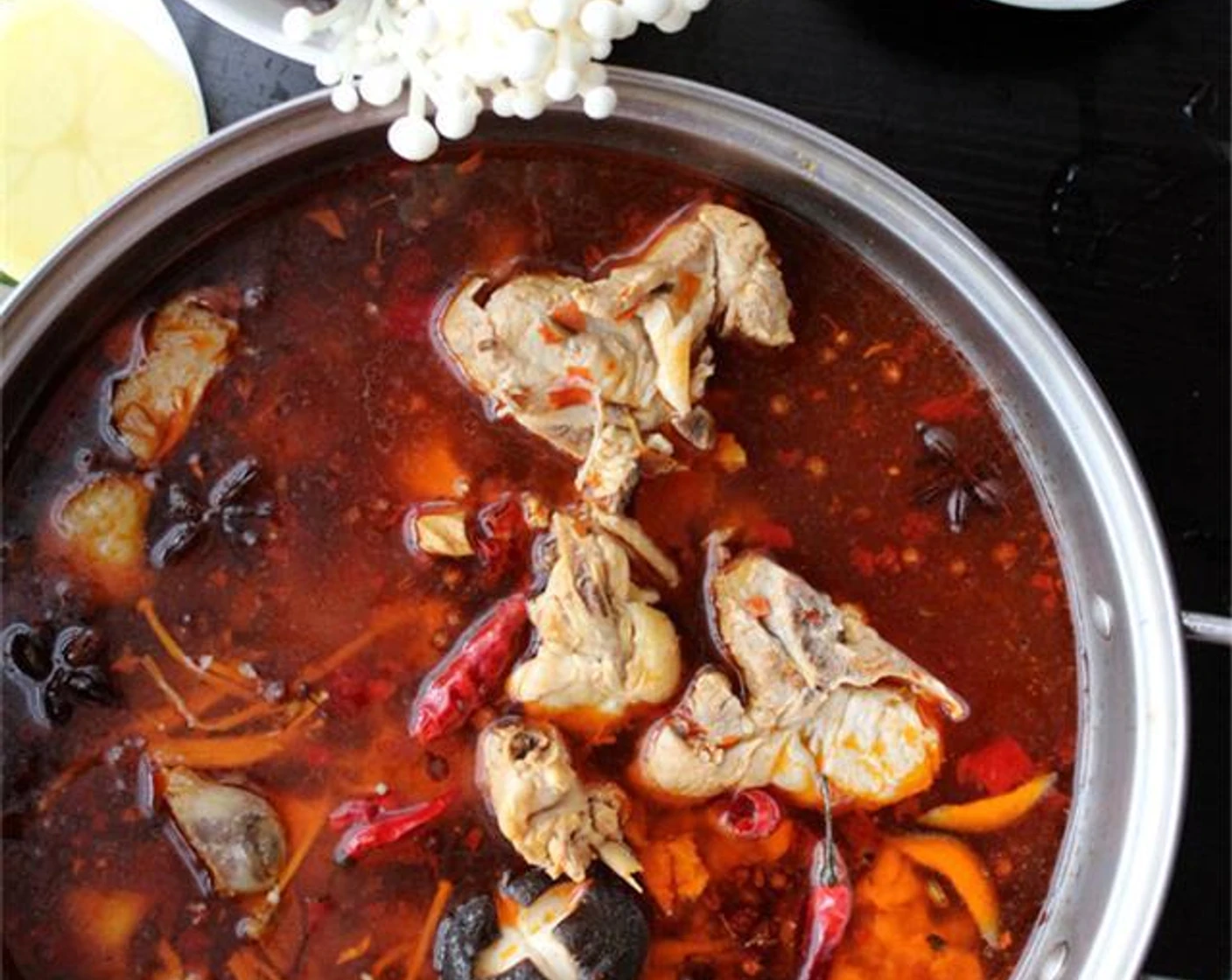
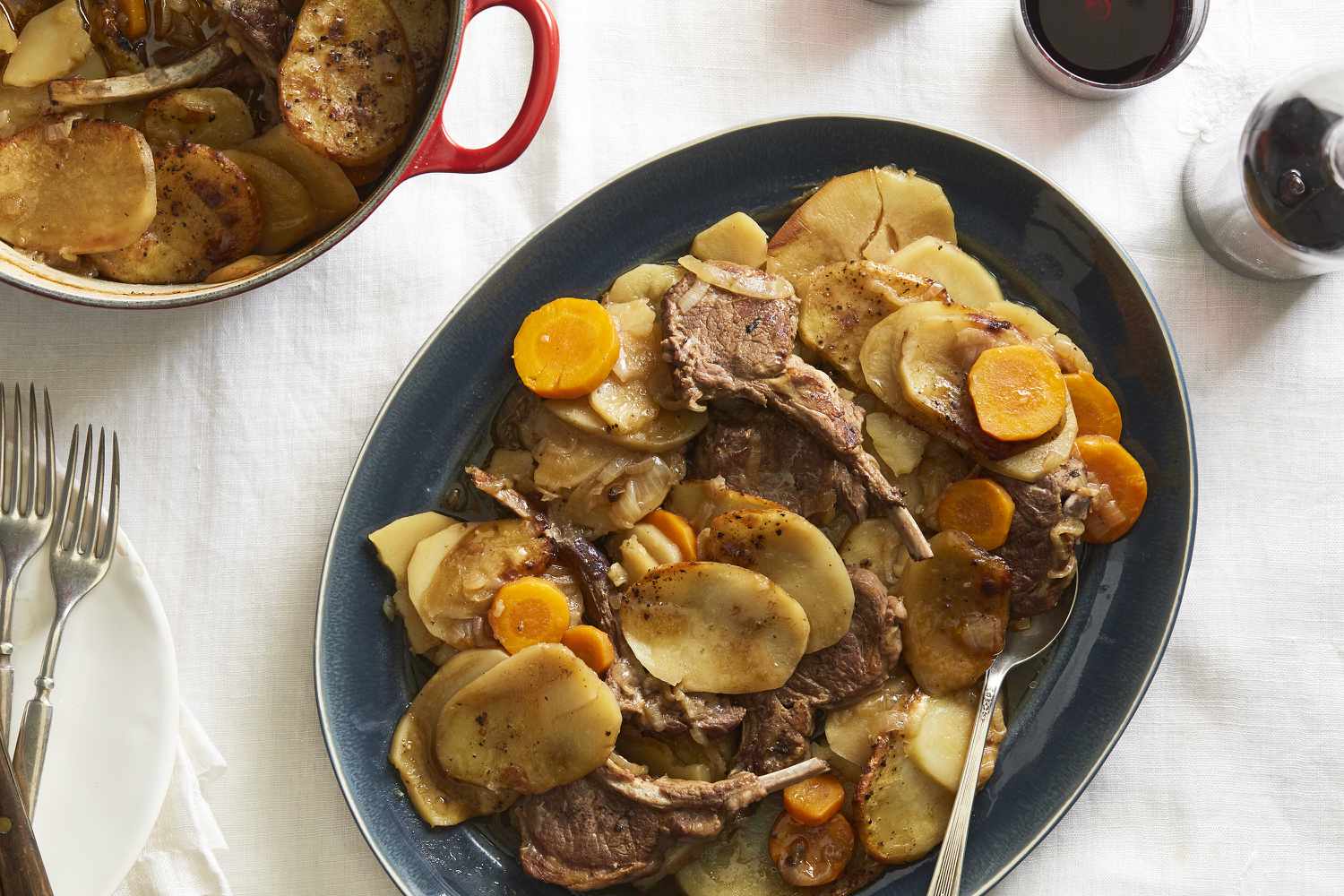

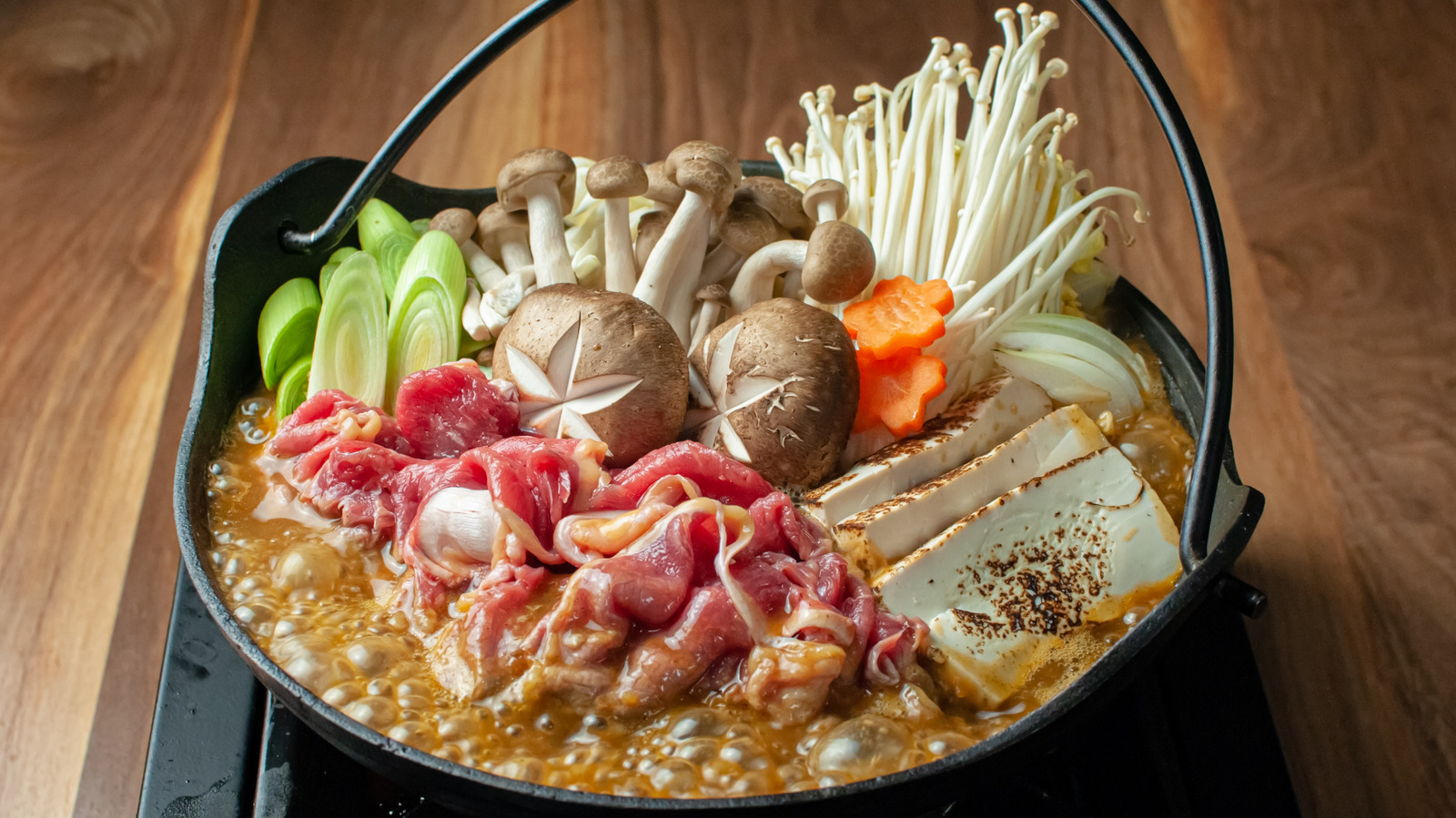
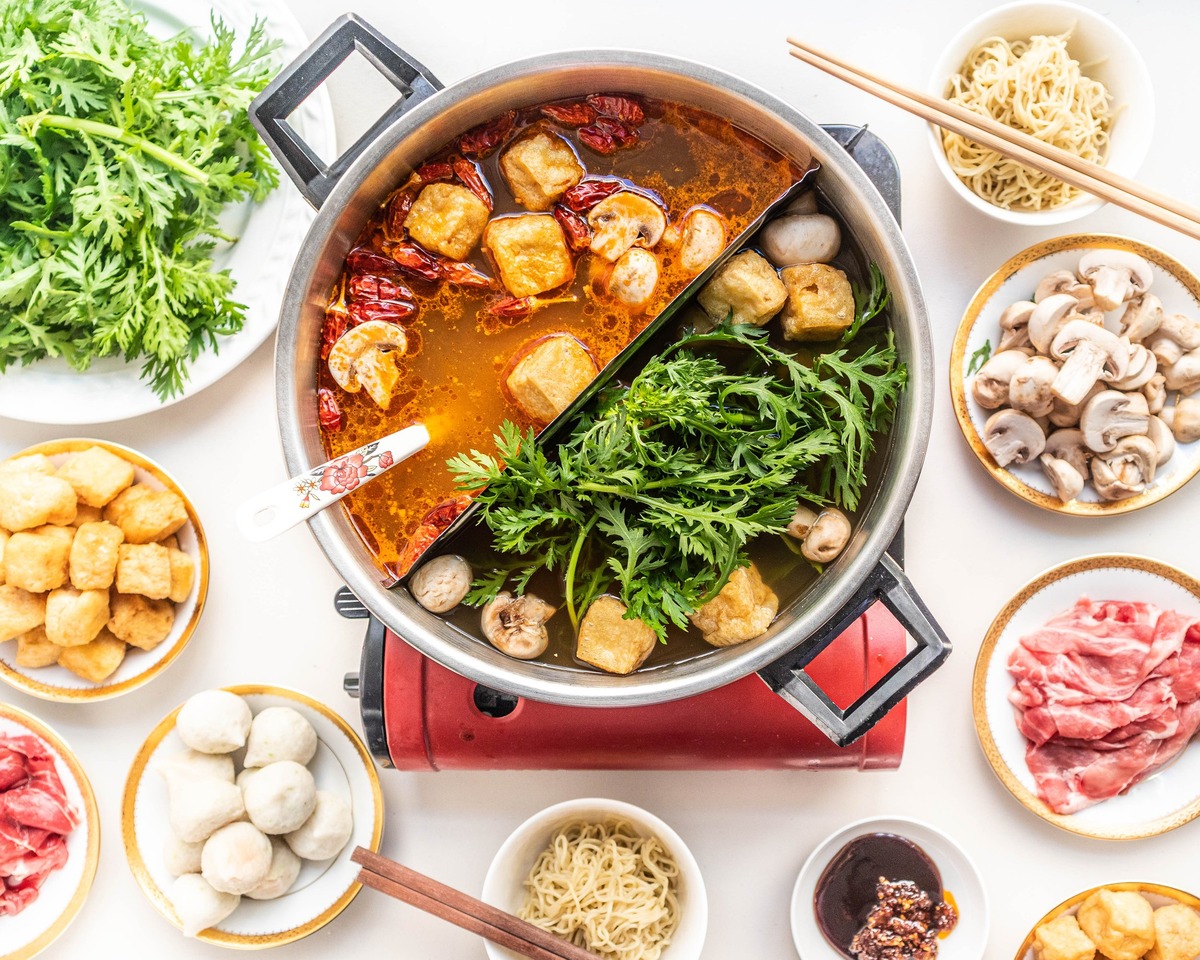
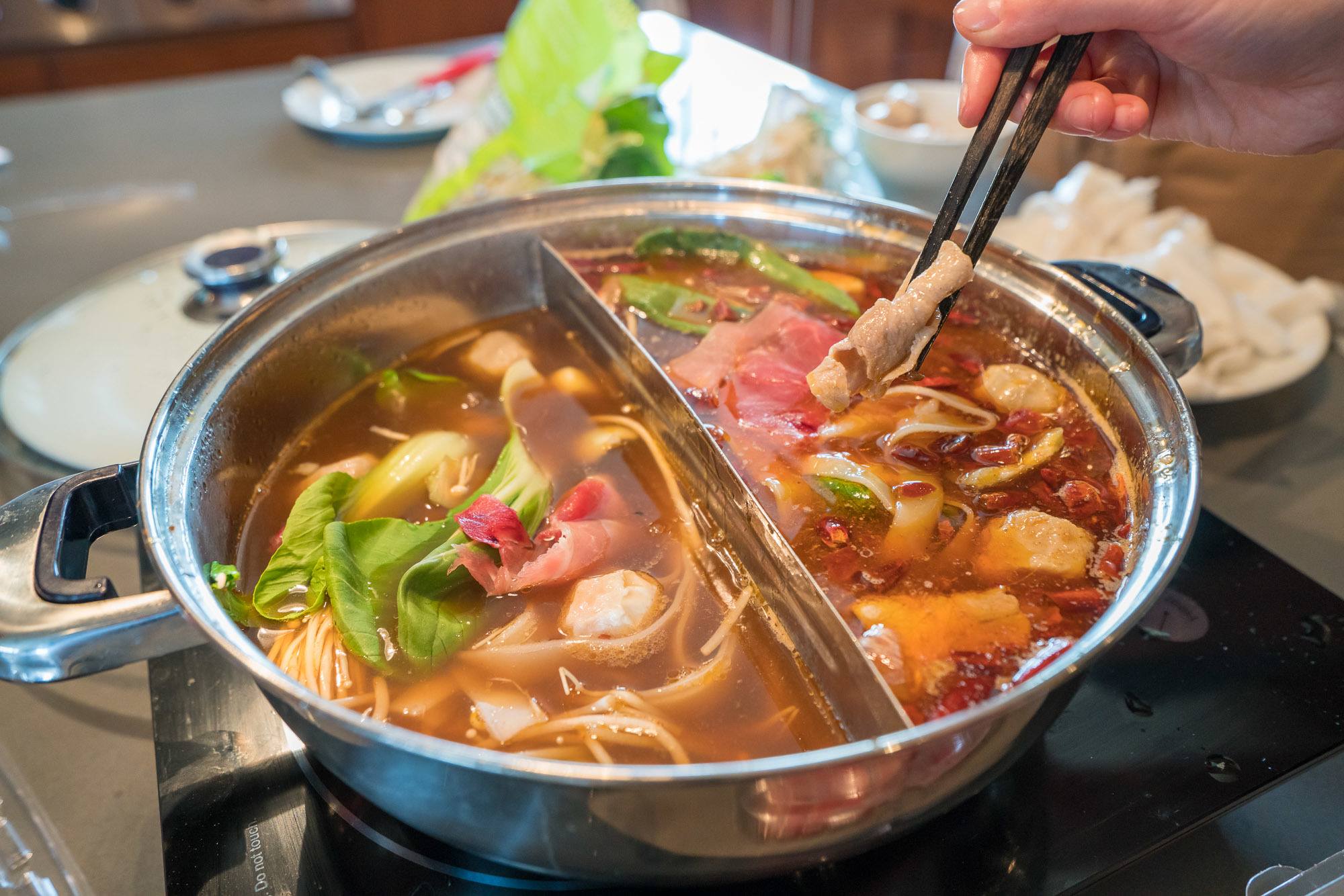
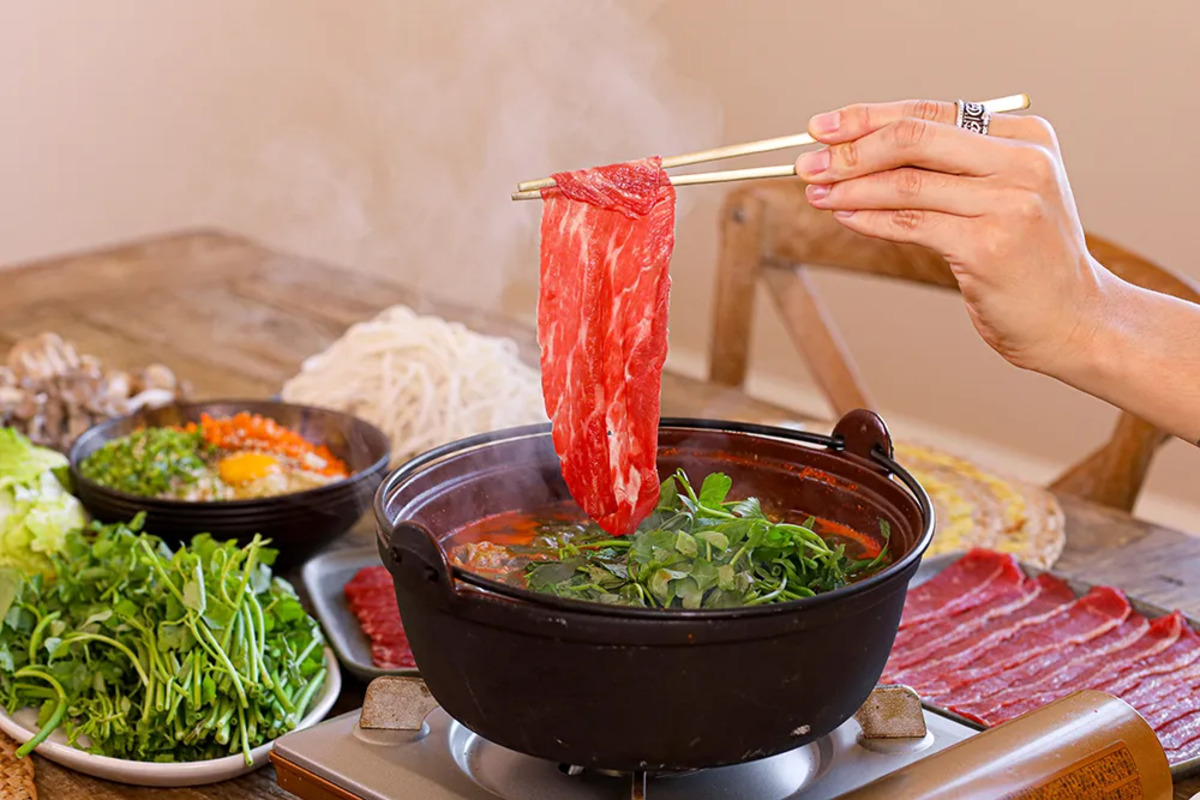
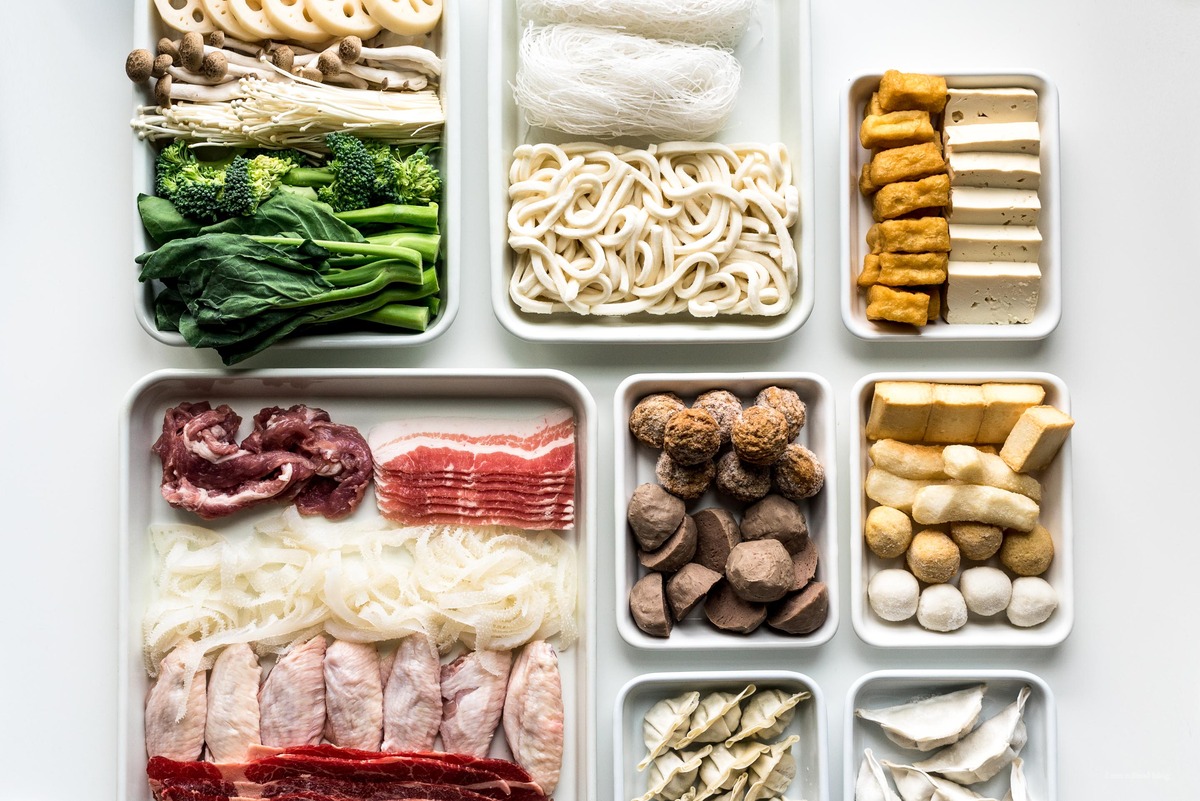
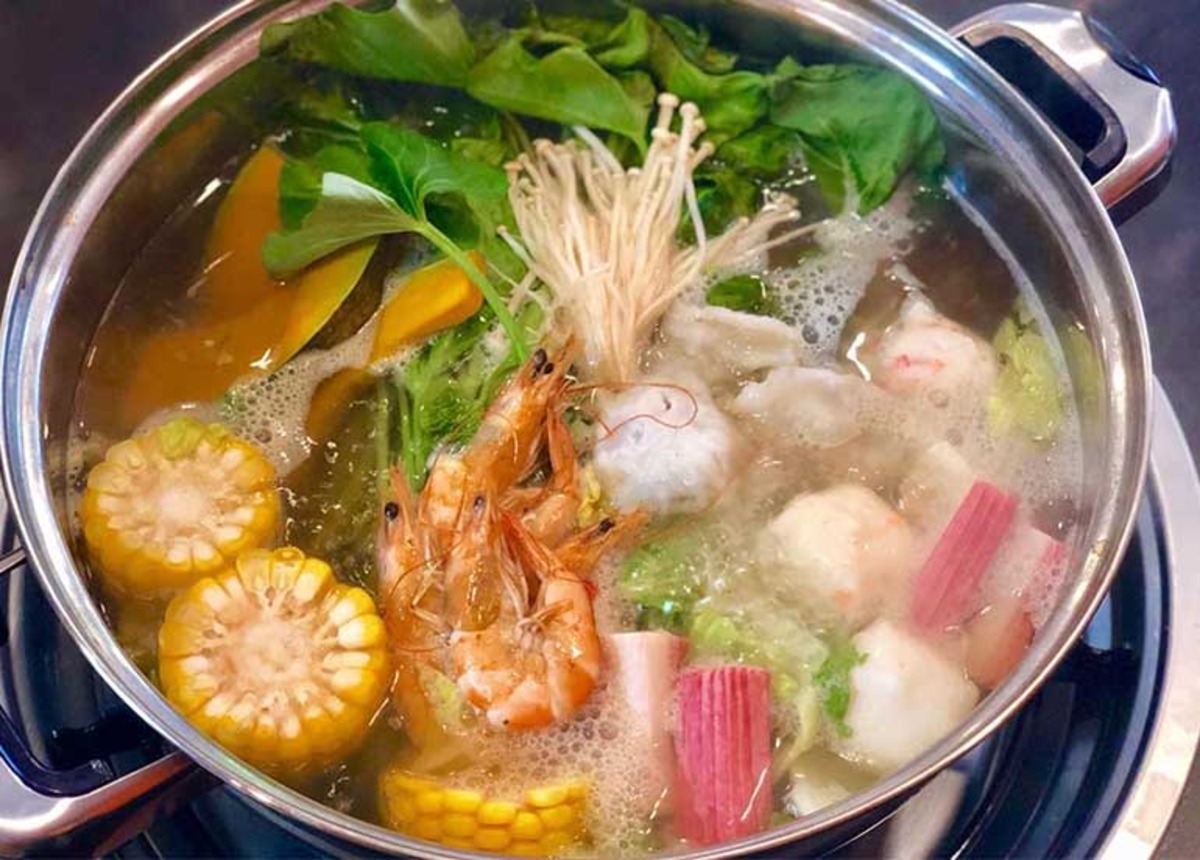
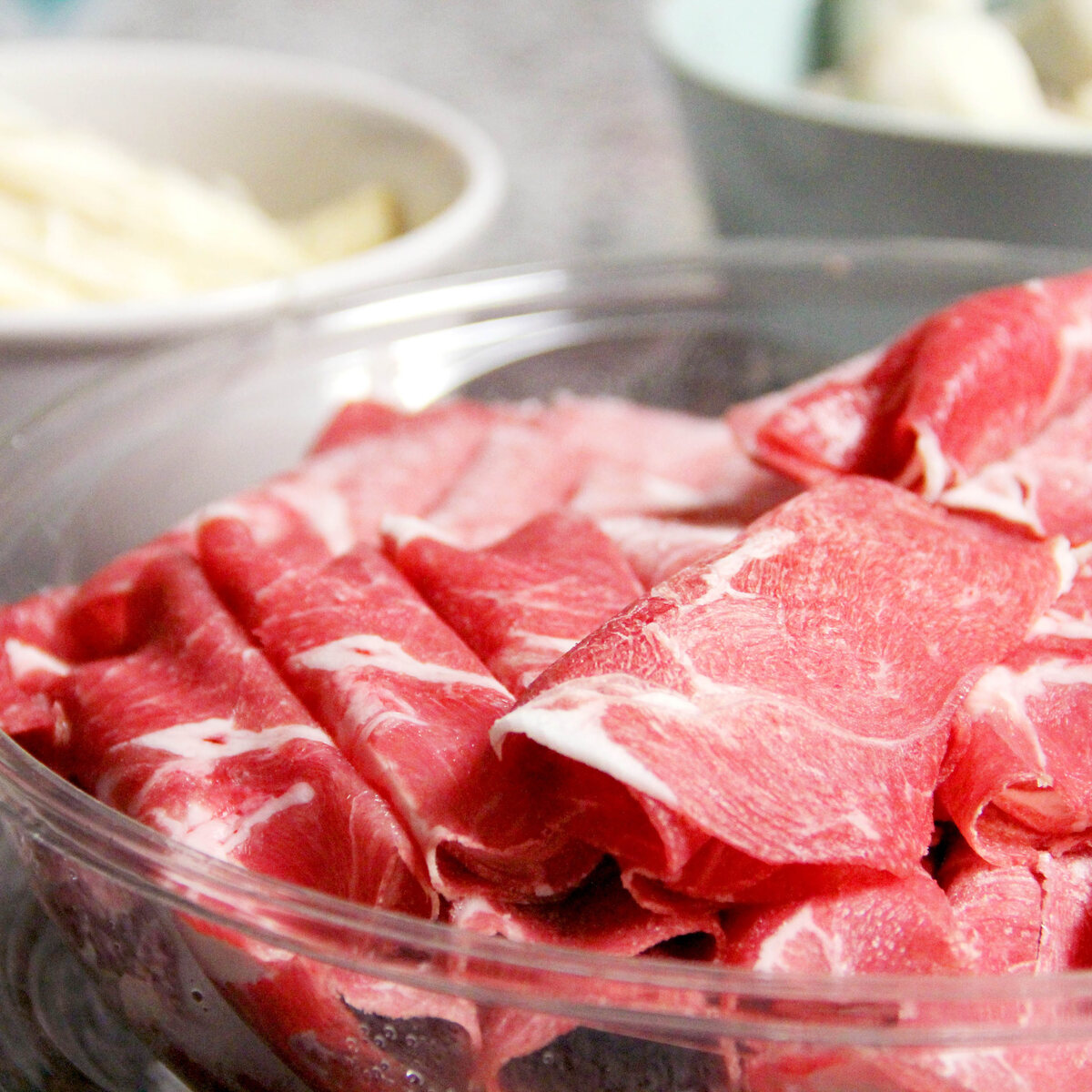
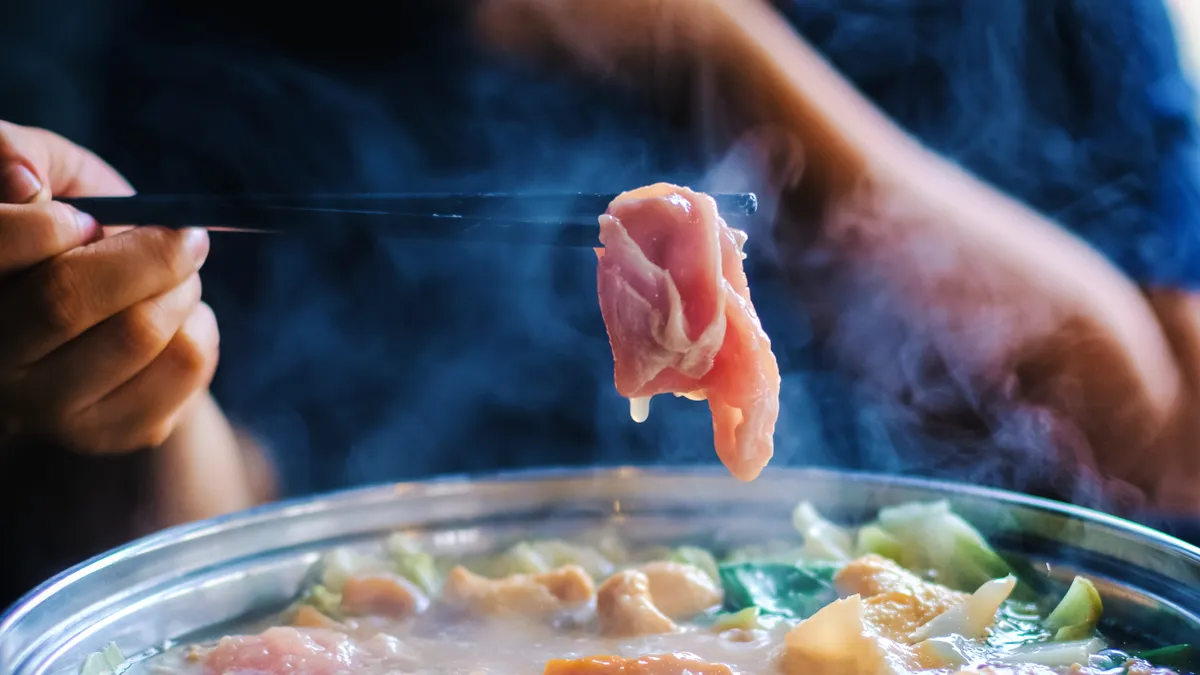
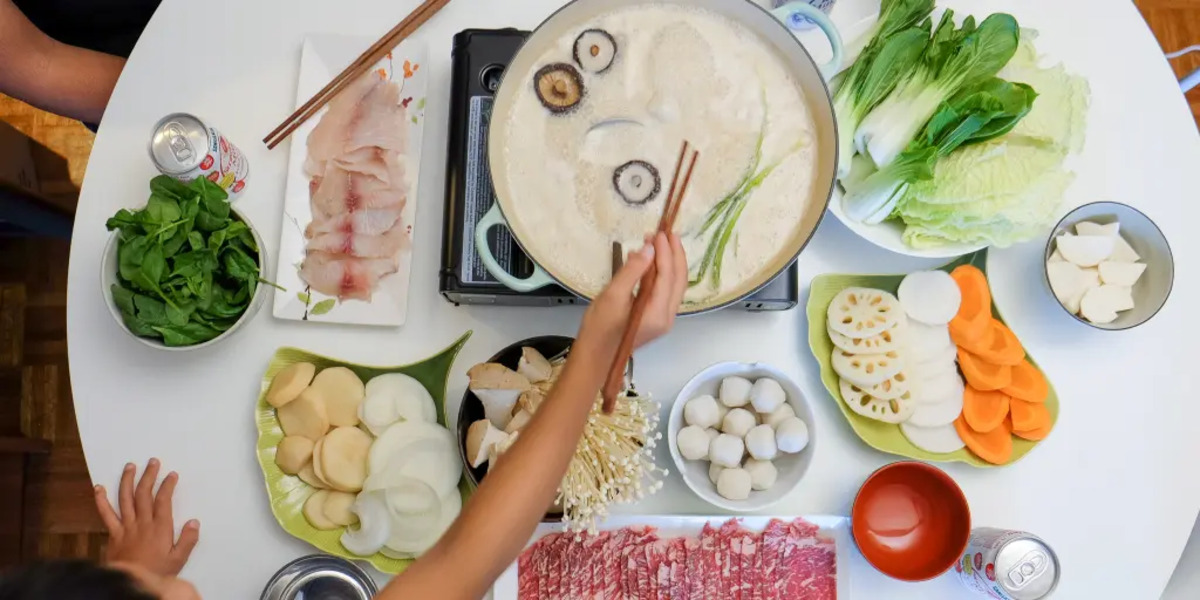
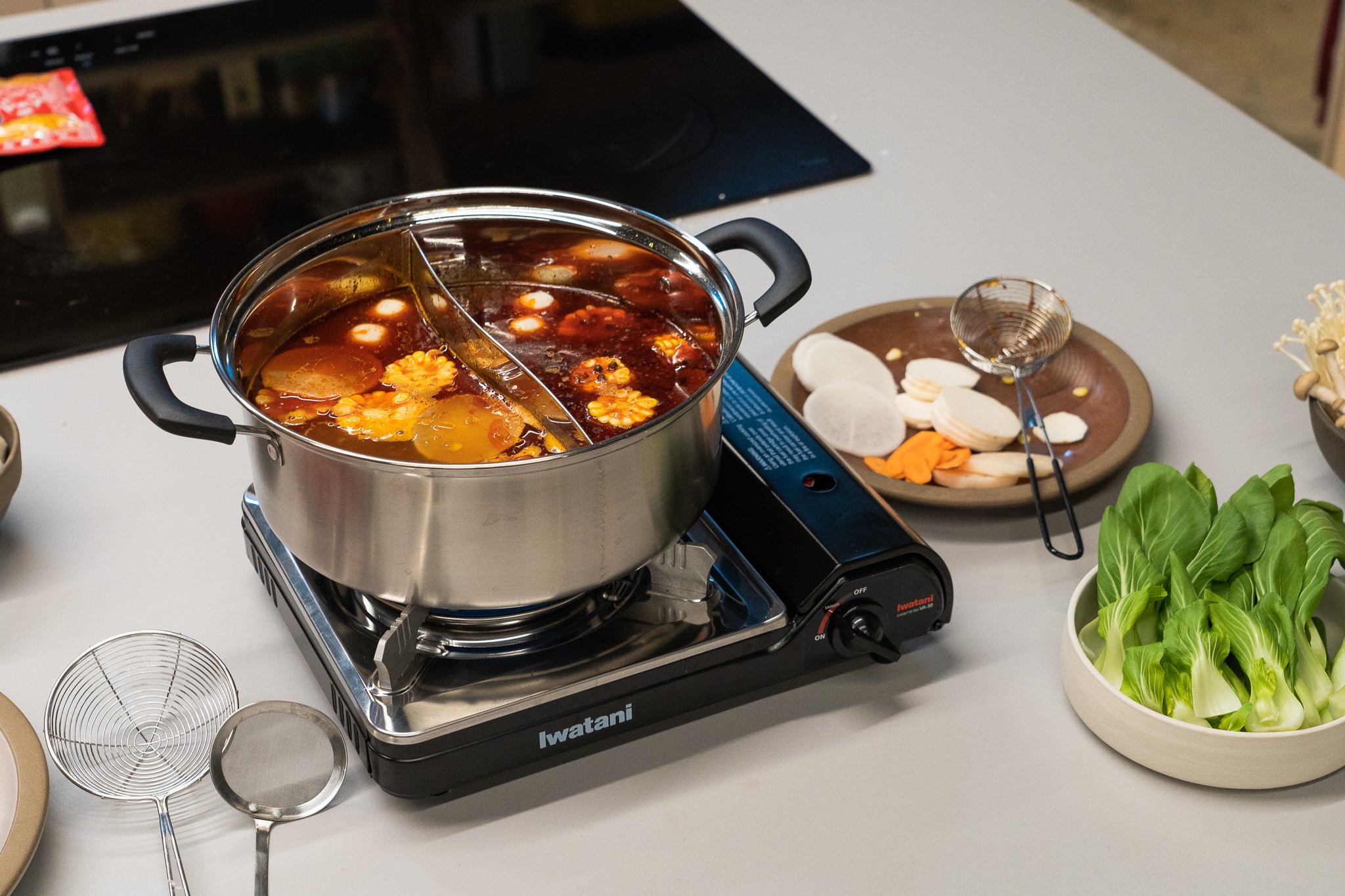

0 thoughts on “What Is A Hot Pot?”